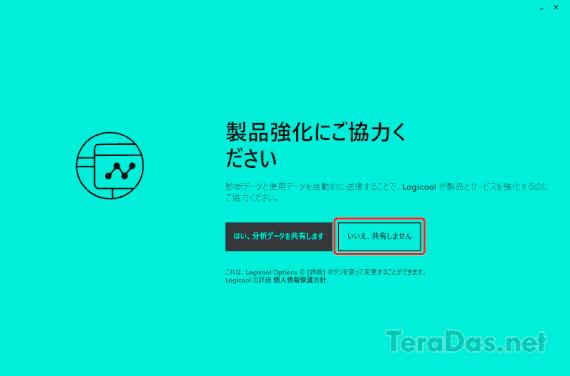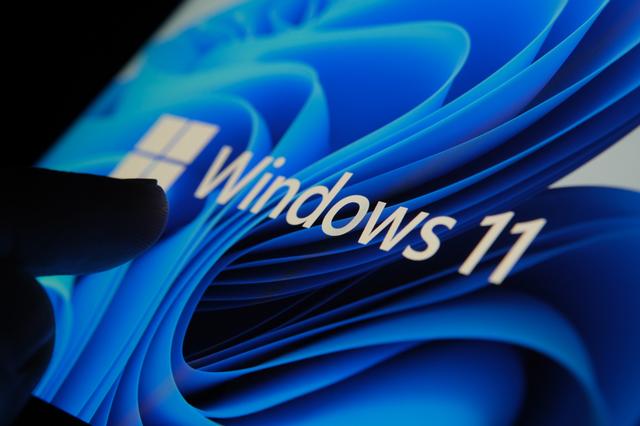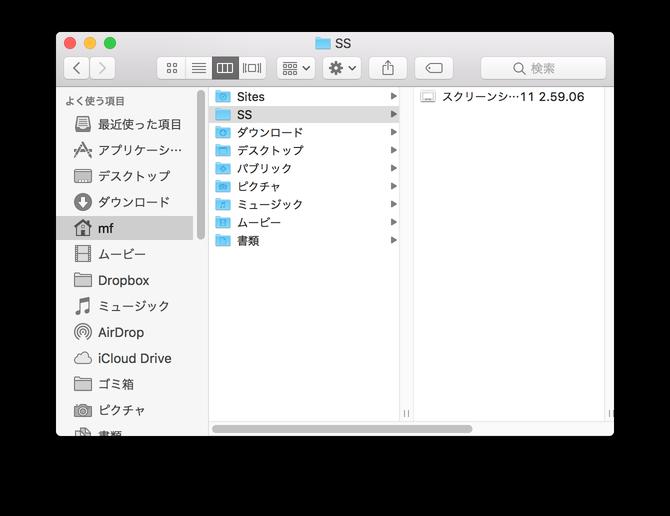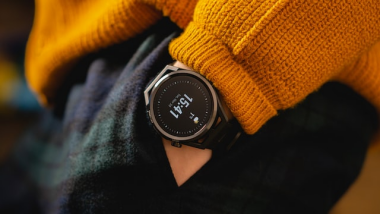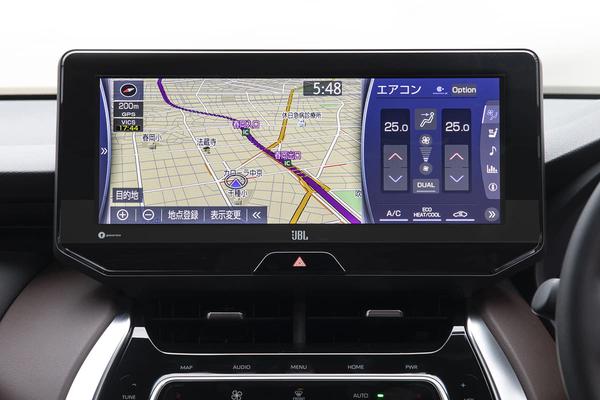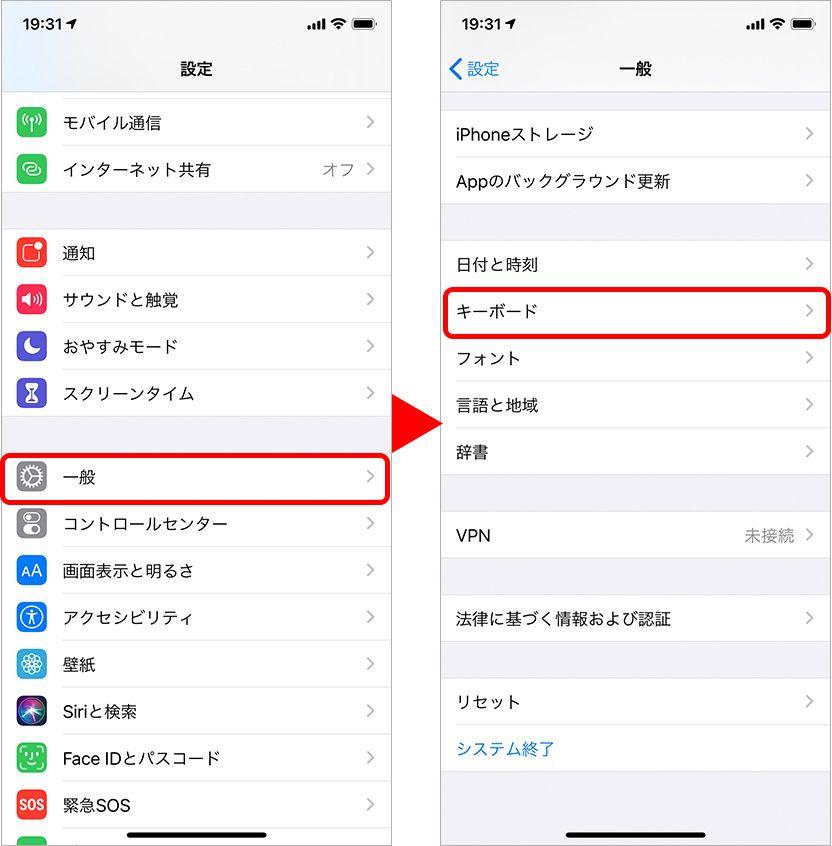57.7 % optical line 57.3 % of mobile phone lines ... Features of Internet connection lines such as home PCs
The Internet as an infrastructure is progressing, but its contents have also been significantly transformed from a narrow band to a broadband.We will check the actual situation from the latest version of the Ministry of Internal Affairs and Communications's communication use survey ( *).
According to the survey, the Internet utilization rate as of the end of September 2020 (the rate of those who have used the Internet in the past year, so to speak) is 83.4 %.In the results of this survey, "Internet use" is 6 years or older, and in all terminals, such as PCs and mobile phones (not only conventional mobile phones, but also smartphones and PHS), game consoles, and tablet -type terminals in the past year.It means accessing the Internet.It is not questioned whether or not you have access to the equipment to be accessed, whether the purpose of use is personal, work, or for school learning.Even if you use it only in school classes, people only via mobile phones fall under "users".
When connecting to the Internet by connecting to the Internet by "PC" in "home" (including tablet -type terminals, Internet television, etc..The types are the best types of broadband (light, DSL, cable television, mobile phone line, etc.), narrow band (ISDN, dial -up by telephone line, PHS line), and how much the household penetration rate is.Next graph.
In some cases, both sides have been introduced in parallel because of multiple answers, but the narrow band line has definitely decreased between 2007 and 2010.However, with that as the bottom, it has been slightly increasing since then.However, it has been confirmed that it has decreased significantly since 2013.Note that the population subject to the survey of the items is "households using the Internet from home from home to personal computers."
Broadband line -based usage rates (Internet connection households) were 93.4 % in 2020, the latest values.For households using the Internet on personal computers, it is calculated by over 90 % of households.It has increased by 25.5 % from 2006 to 2020 when the data is disclosed, and it can be seen that it is a certain spread.However, since 2013, it has been almost flat, and the subsequent values seem to have errors and aggregation problems.For example, in 2019, there is a phrase, "Since the design of the investigation slip was partially different from the average year, it is necessary to be careful when comparing over time."
Comparing the elasticity of the "narrow band line" and the "broadband line" that looks like a replacement, the latter growing slightly slower is that the maintenance of the infrastructure is delayed, and "People who use both broadband and narrow bands.However, it can be considered that the latter is only stopped, and the broadband originally used it, in which case it will not be converted to improving the use rate of broadband. "In addition, as will be described later, it is one reason that the household ratio of narrow band line was temporarily raised with the increase in PHS lines.However, in 2013, this subtle positional relationship changed dramatically, the broadband has grown significantly, resulting in a narrow -band falling, and the situation has continued until the last year.
The following figure (excerpt only some items) is the usage graph that indicates what kind of line you are using specifically in both broadband and Narroad Band.
In the past, the broadband environment in Japan has penetrated the broadband environment at an accelerator, and the DSL line represented by ADSL has been reduced, while the optical line has grown rapidly.
In 2020, the latest data, optical and mobile phone lines have grown significantly compared to the previous year.The growth of the mobile phone line is probably because of those who were forced to work at home due to the epidemic of the new colon virus, the broadband line was not yet at home, and those who were urgently asked for maintenance were selected.
As of 2019, the penetration rate of the top optical line was 57.7 % for users only.Although it has reached the area of "three households less than three households" and "a majority", it is not an accelerated fluctuation rate as before.After all, it is inevitable that you will be looking to WiMAX, which is excellent in mobility and flexibility.Although it must continue to be a broadband on a fixed line at home, the power balance must have a small change.The rapid penetration of work from home due to the trend of the new colon virus will be a trigger to accelerate its changes.
■ Related article:
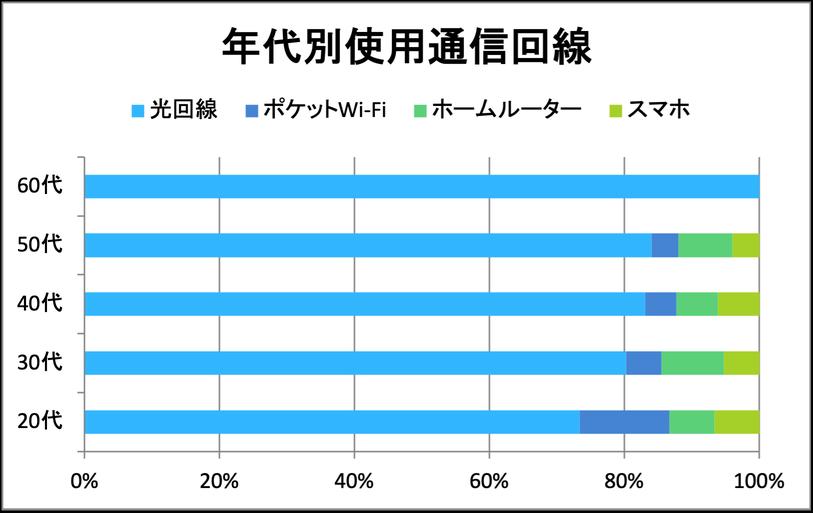
[Explore the penetration rate of language used in the Internet]
[Internet penetration rate, etc. in major Asian countries (latest)]
* Communication usage trend survey
In September 2020, in September 2020, "For households, the households and members of the household who are over 20 years old, selected by the two -stage random extraction method selected by the prefectural and urban size as a layered standard.It is performed by distributing and recovering survey forms by mail or online, for companies, for companies with a regular employee who belongs to the industry except for public affairs.The number of valid responses is 17,345 households (44,035), respectively, and 2223 companies.Various values are conducted in census and weightbacks according to the distribution of the industry and scale of nationwide companies.
(Note) The graphs and charts in the text are created by the author based on quotes or materials described as long as there are no special notes.
(Note) The photos in the text are based on the documents described in the text, and are taken by the author based on the materials described in the text, or taken by the author.
(Note) Articles The numbers used in the title, text, graphs, etc. may be described after exclusive decimal girders, so that they are the optimal display on the spot.Therefore, the total value of the displayed numbers may not match completely.
(Note) If the value of the graph is adjusted to make it easier to see the movement of the graph, the value of the graph axis is not zero, the value may be enclosed in a circle to catch the attention.。
(Note) In the graph, the notation of items (such as sending kana) may be abbreviated or changed to adjust the appearance.In addition, "~" may be described as "-".
(Note) "PPT" in the graph means a % point.
(Note) "(Large) Earthquake" means the Great East Japan Earthquake unless there are special or detailed notation.
(Note) This article is partially added and changed to the article published in [Gerbage News].
